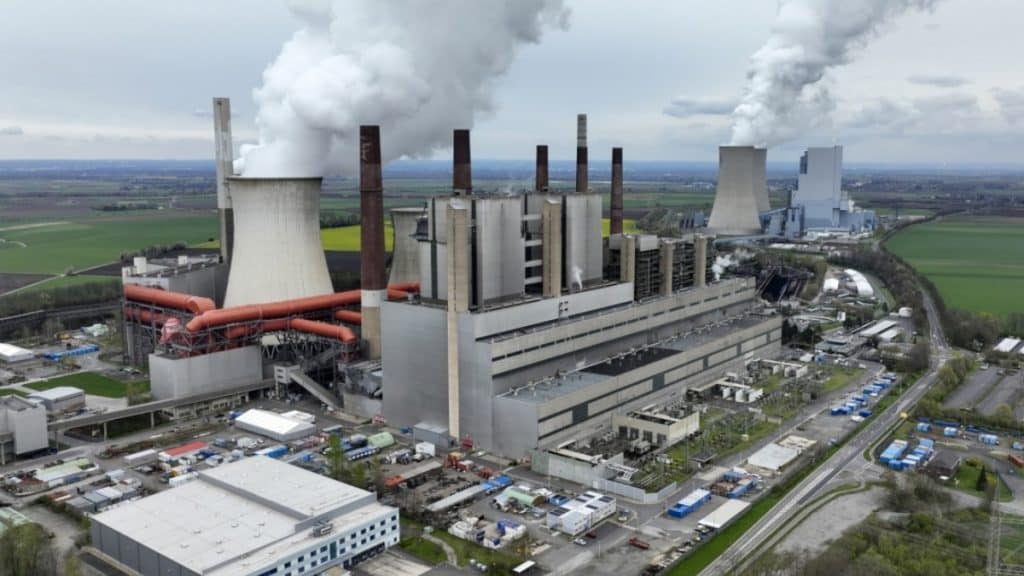In the relentless pursuit of efficiency and innovation, industries across the globe are embracing cutting-edge technologies to streamline operations and enhance productivity. Condition-Based Maintenance Drone stands out as a beacon of progress among these advancements. With their ability to traverse inaccessible areas and conduct precise inspections, these drones are revolutionizing maintenance practices, empowering industries to achieve unprecedented operational excellence.
Unveiling Aerial Maintenance Drones:
Aerial maintenance drones combine artificial intelligence and unmanned aerial vehicle (UAV) technologies. With advanced sensors and cutting-edge imaging capabilities, these drones autonomously conduct meticulous inspections of vital infrastructure and equipment. From sprawling oil rigs to intricate power plants, these aerial sentinels provide a comprehensive overview of assets, enabling proactive maintenance measures and reducing the potential for expensive downtime.
The sophistication of aerial maintenance drones lies in their ability to navigate challenging environments and capture precise data from above. Equipped with thermal cameras, LiDAR sensors, and other state-of-the-art technologies, these drones accurately detect anomalies and defects. Identifying potential issues before they escalate empowers industries to address maintenance needs swiftly and efficiently, ensuring the uninterrupted operation of critical infrastructure.
Moreover, the versatility of aerial maintenance drones extends beyond traditional inspection methods. Their agility and adaptability make them tools for real-time monitoring assets, providing invaluable insights into performance and condition. Whether patrolling pipelines or surveying industrial facilities, these drones serve as vigilant guardians, safeguarding the integrity and reliability of essential infrastructure across diverse sectors.
Enhancing Safety and Efficiency:
One of the most significant advantages ofacondition-based maintenance drone is its ability to enhance safety and efficiency in industrial settings. By eliminating the need for manual inspections in hazardous environments, these drones minimize the risk of accidents and injuries, safeguarding the well-being of personnel. Moreover, their swift and comprehensive inspections reduce the time required to assess equipment integrity, enabling organizations to optimize maintenance schedules and minimize operational disruptions.
Precision Inspections from Above:
Traditional methods of equipment inspection often involve labor-intensive processes that are time-consuming and prone to human error. Aerial maintenance drones revolutionize this approach by providing a panoramic view of assets from above, allowing for detailed inspections without scaffolding or manual intervention. With advanced imaging technologies such as thermal cameras and LiDAR sensors, these drones can detect anomalies and defects with unparalleled accuracy, enabling proactive maintenance interventions before issues escalate. Additionally, using drones significantly reduces the need for physical access to high-risk areas, mitigating safety hazards for maintenance personnel. Moreover, the data collected by these drones can be seamlessly integrated into digital asset management systems, enabling organizations to establish comprehensive maintenance records and track asset health over time. By leveraging the capabilities of aerial maintenance drones, industries can streamline inspection processes, minimize downtime, and optimize asset performance, ultimately enhancing operational efficiency and ensuring the reliability of critical infrastructure.
Maximizing Asset Performance:
In today’s fiercely competitive business environment, effective asset management is crucial for organizations striving to maintain a competitive advantage. Aerial maintenance drones are instrumental in this pursuit, offering real-time insights into equipment conditions and performance. By monitoring key parameters such as temperature, vibration, and structural integrity, these drones facilitate the implementation of predictive maintenance strategies. This proactive approach optimizes asset lifespan and minimizes lifecycle costs, ensuring efficient resource utilization.
By deploying aerial maintenance drones, industries can significantly enhance operational efficiency and profitability levels. By leveraging advanced technologies, organizations can identify potential issues before they escalate, reducing the risk of unplanned downtime and costly repairs. Furthermore, the ability to conduct inspections from a bird’s-eye view enables comprehensive assessments of assets, allowing for informed decision-making and prioritization of maintenance activities.
In essence, aerial maintenance drones are not just tools but strategic assets that empower industries to achieve greater performance and sustainability. By harnessing the power of data-driven insights, organizations can unlock new opportunities for growth and innovation while maintaining a competitive edge in an ever-evolving marketplace.
Empowering Maintenance Teams:
While aerial maintenance drones excel at autonomous inspections, they also serve as valuable tools for maintenance teams on the ground. By providing high-resolution imagery and comprehensive data analytics, these drones equip maintenance personnel with the information they need to make informed decisions and prioritize maintenance activities. Whether identifying corrosion on a pipeline or detecting wear and tear on machinery components, these drones empower maintenance teams to take proactive measures to ensure critical assets’ reliability and longevity.
Driving Industry Innovation:
Adopting aerial maintenance drones is a technological advancement and a catalyst for industry-wide innovation. By embracing these disruptive technologies, industries are redefining traditional maintenance practices and embracing a future of efficiency, sustainability, and resilience. From renewable energy installations to transportation infrastructure, aerial maintenance drones are reshaping the landscape of asset management and driving the evolution of industry standards.
Conclusion:
As industries continue to navigate the complexities of modernization and digital transformation, aerial maintenance drones emerge as indispensable assets in the pursuit of operational excellence. By leveraging AI and UAV technologies, these drones empower industries to manage assets, enhance safety, and optimize performance proactively. With their ability to provide unprecedented insights from above, aerial maintenance drones are not just transforming maintenance practices; they are shaping the future of industries across the globe, one flight at a time.
